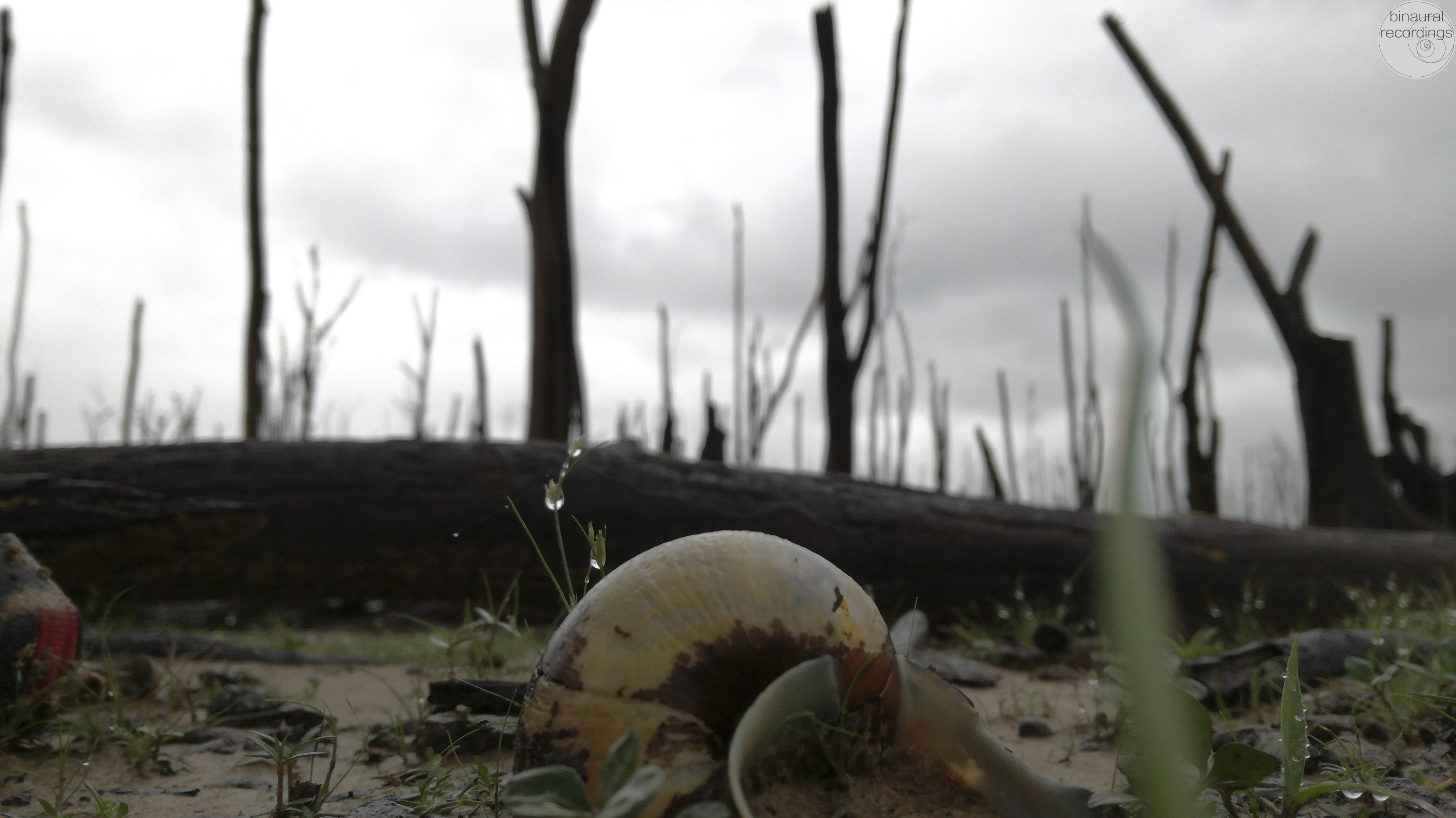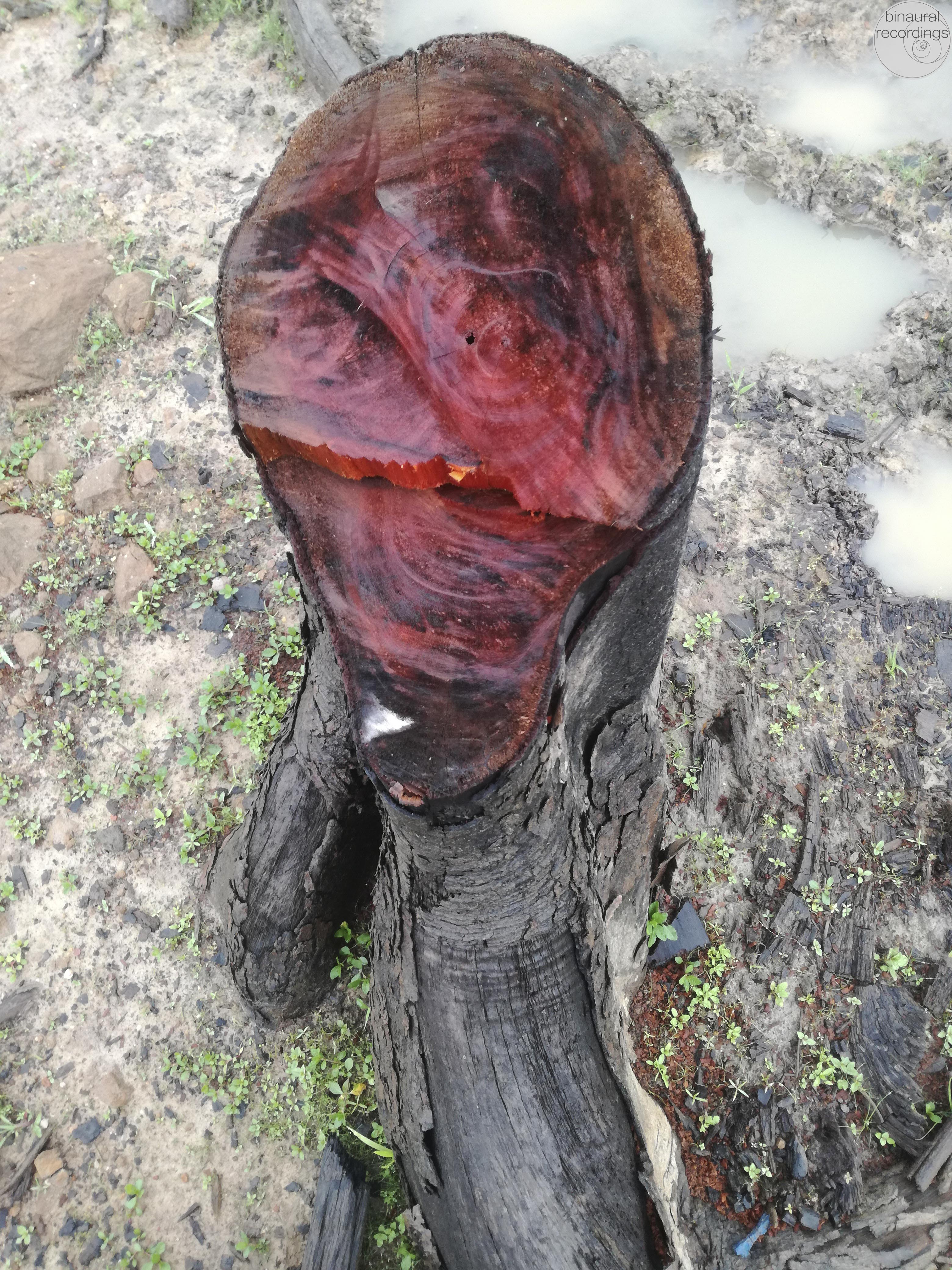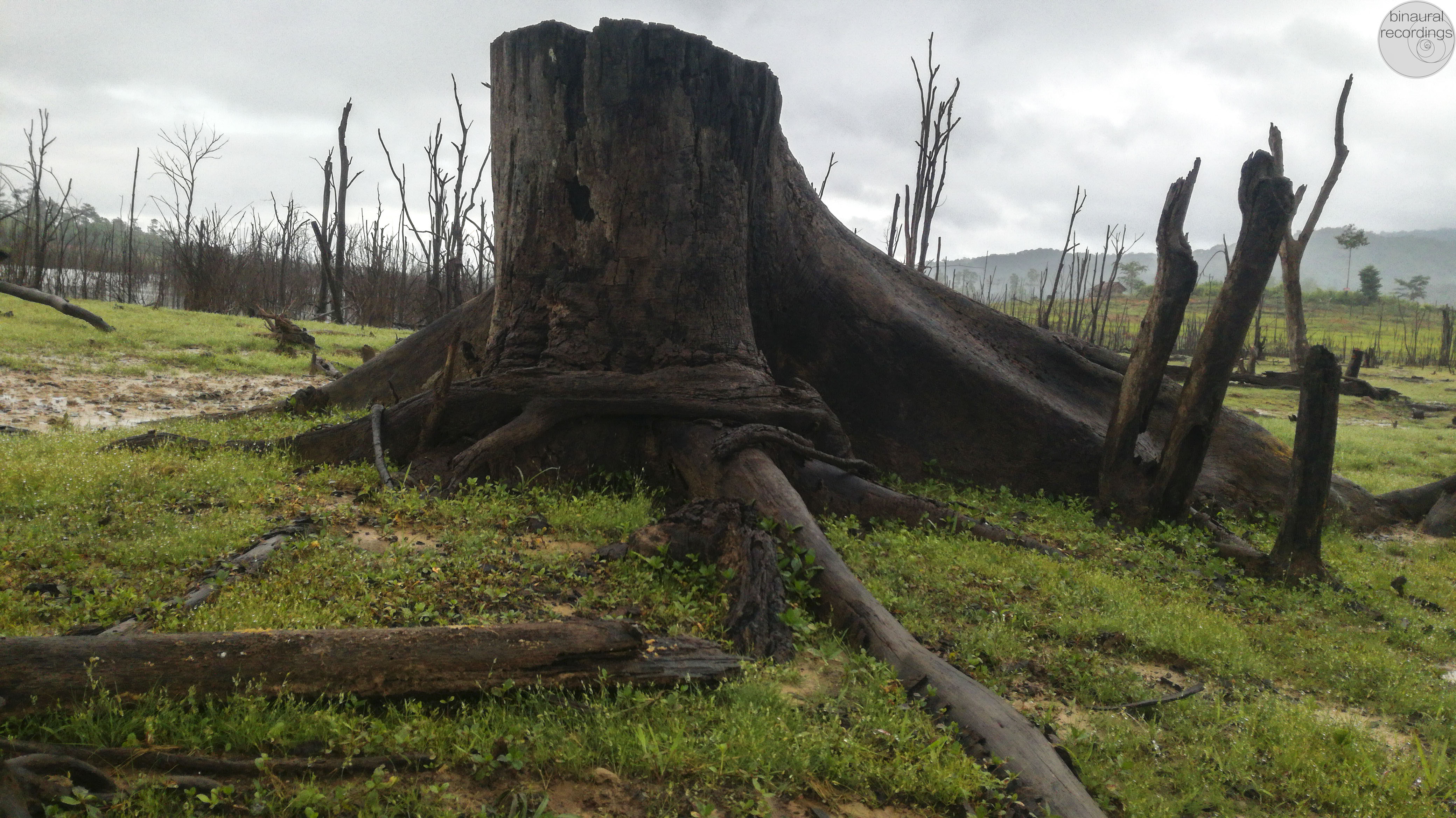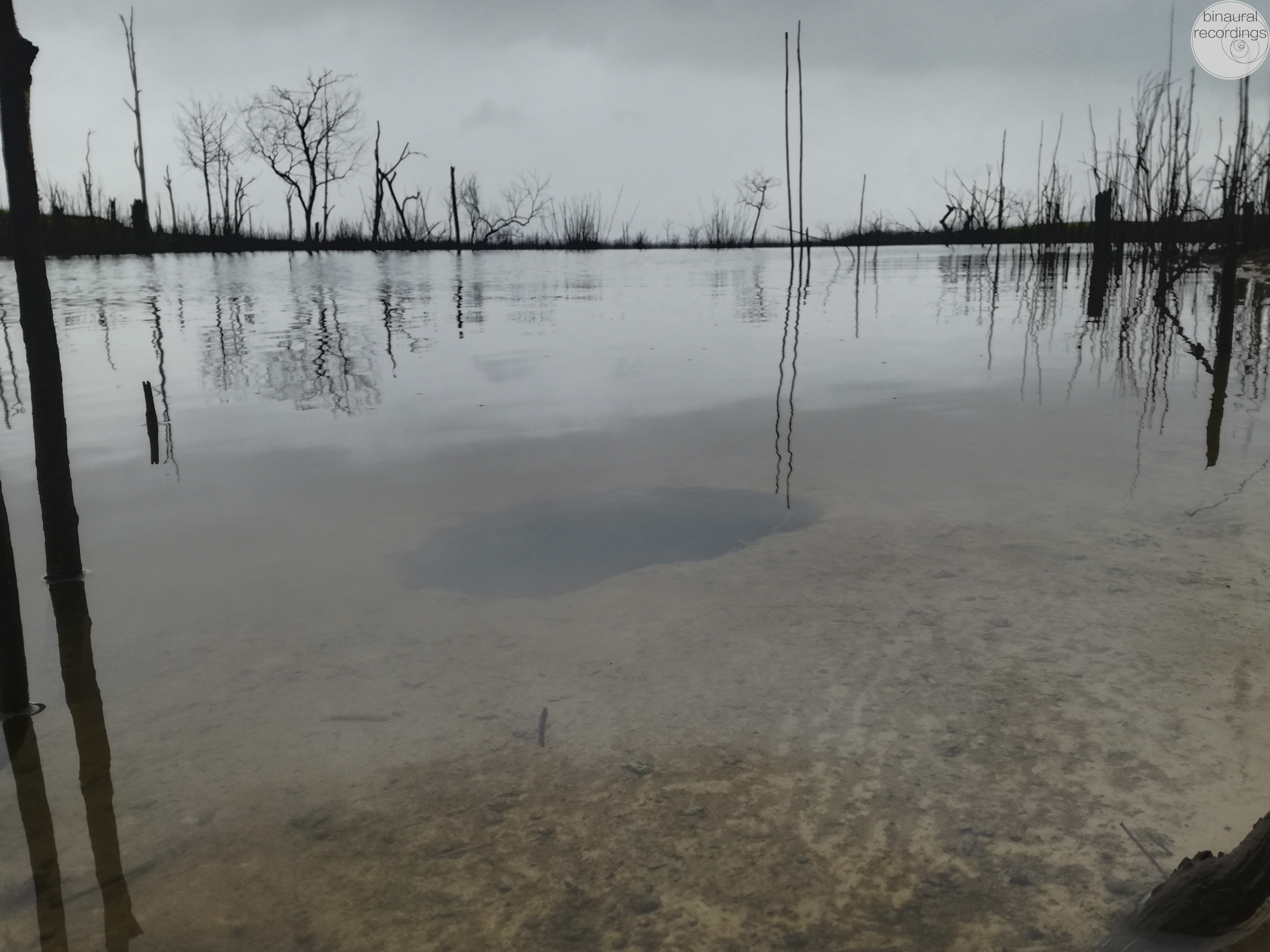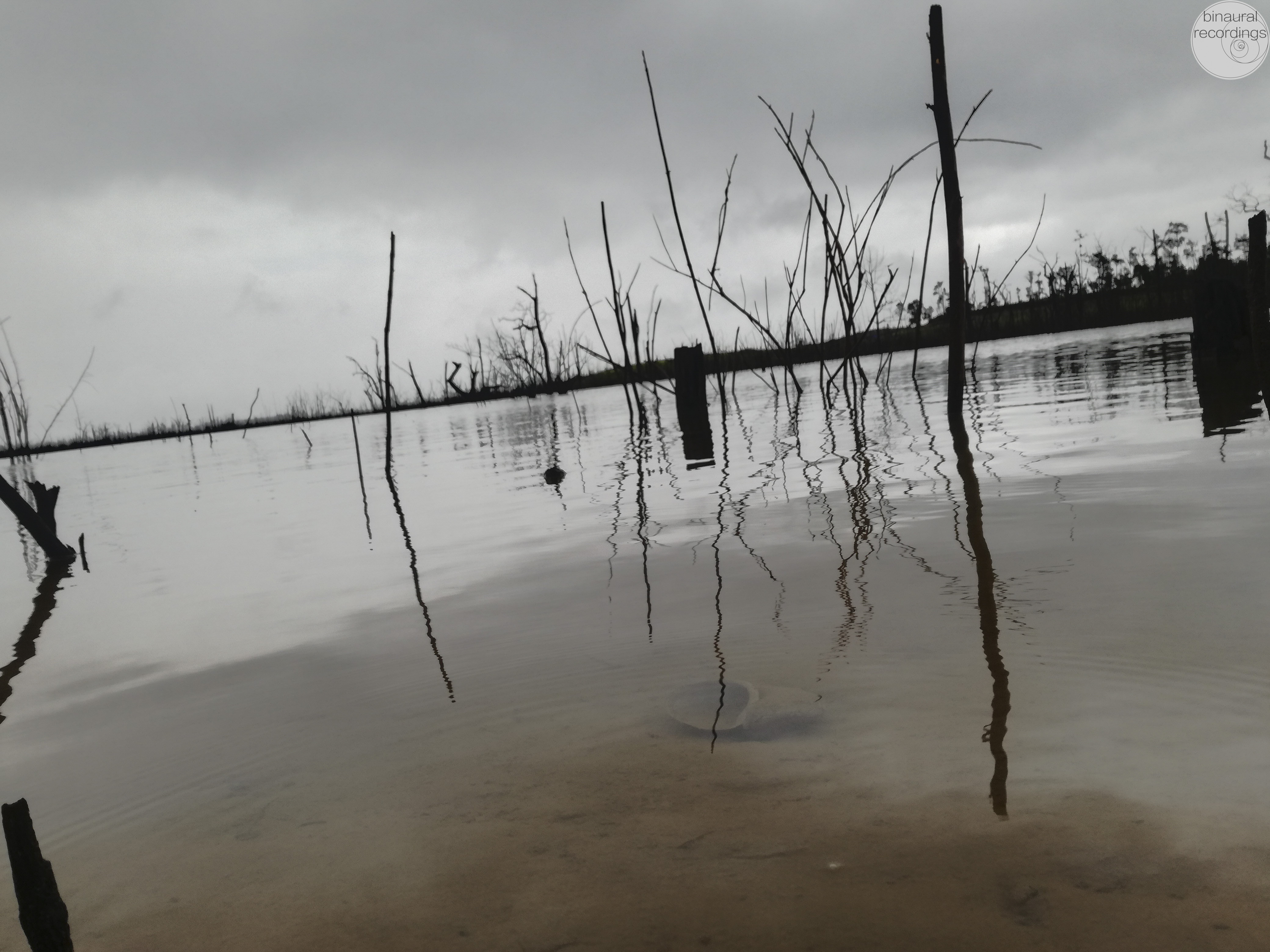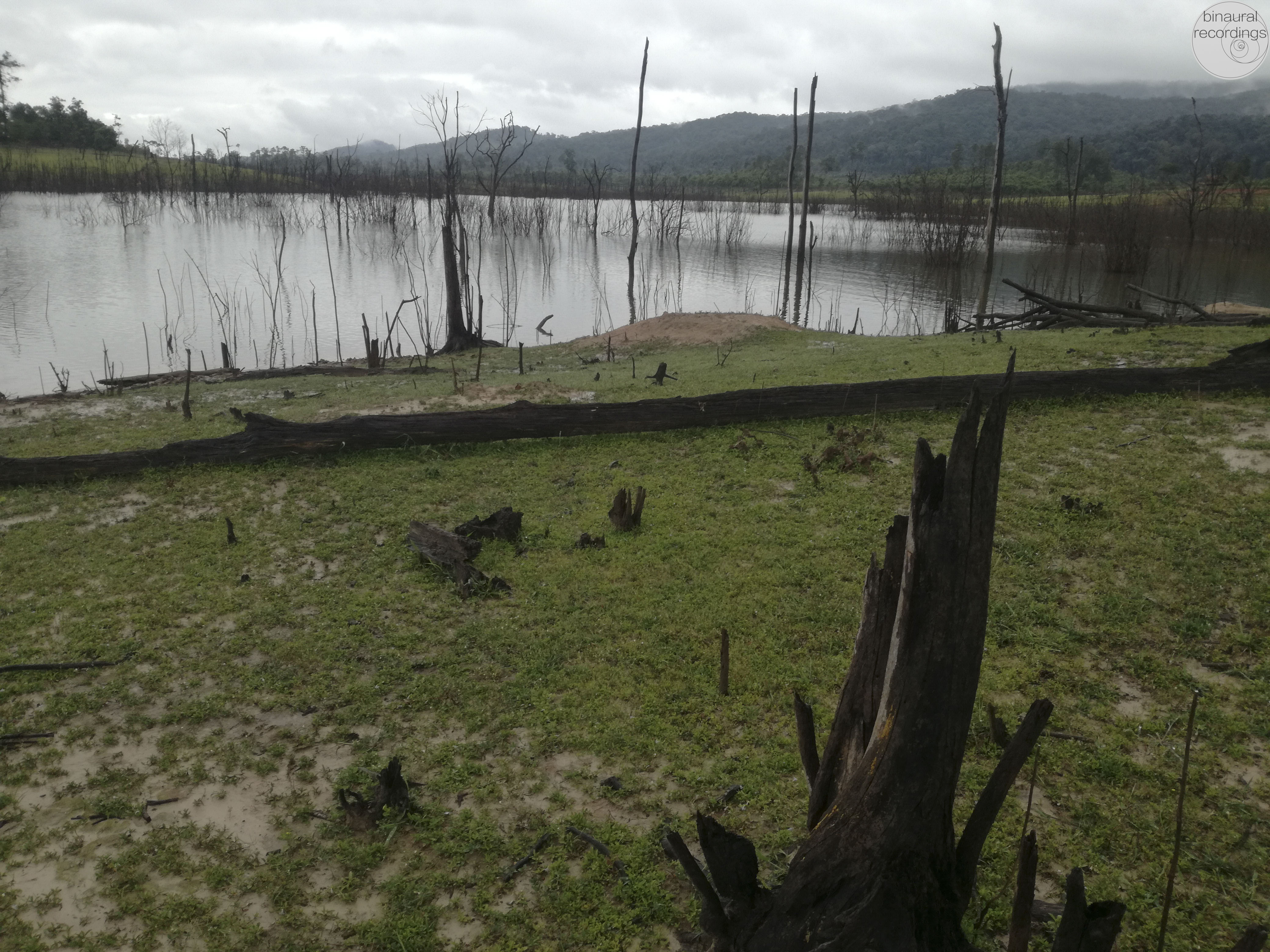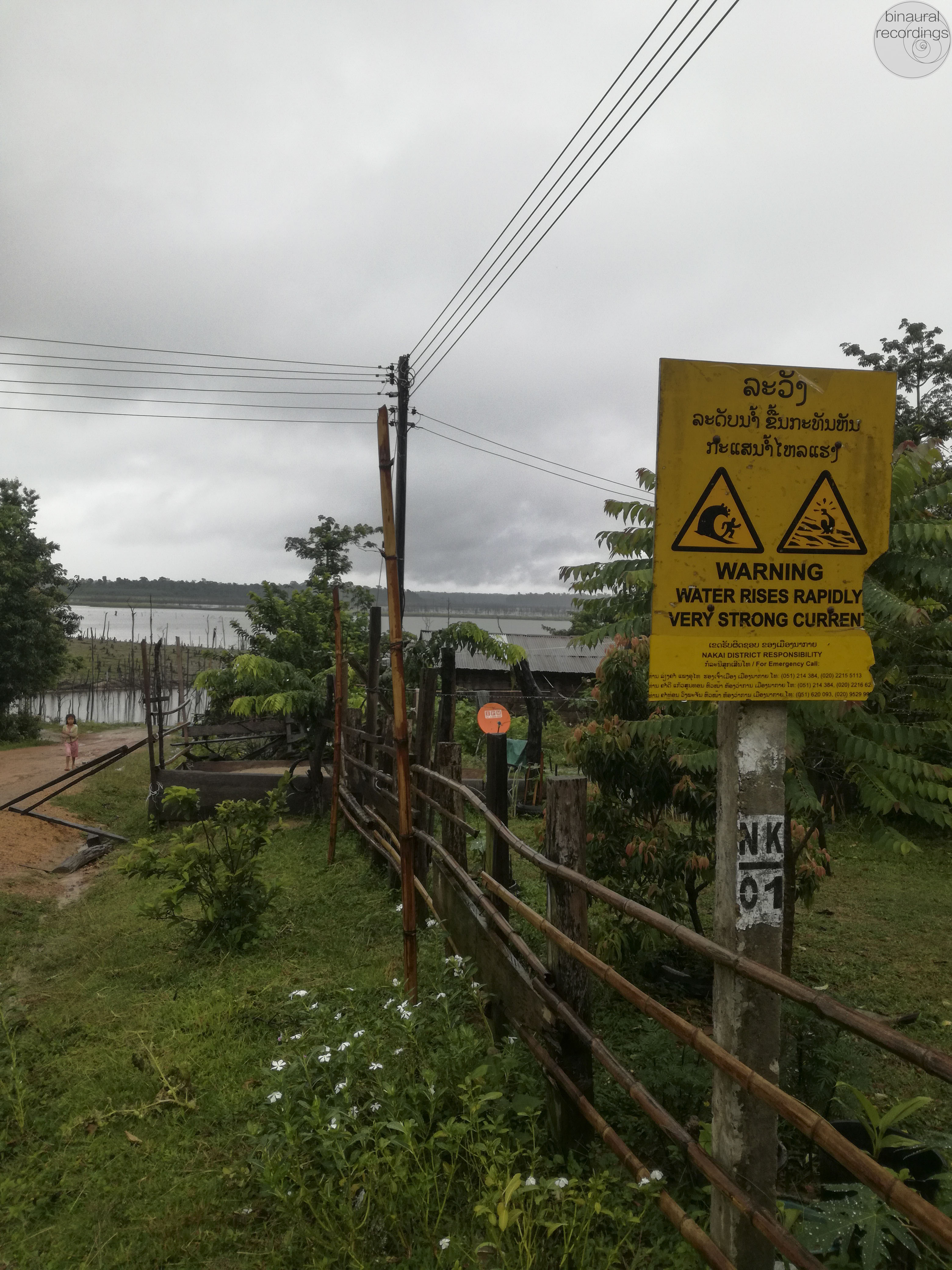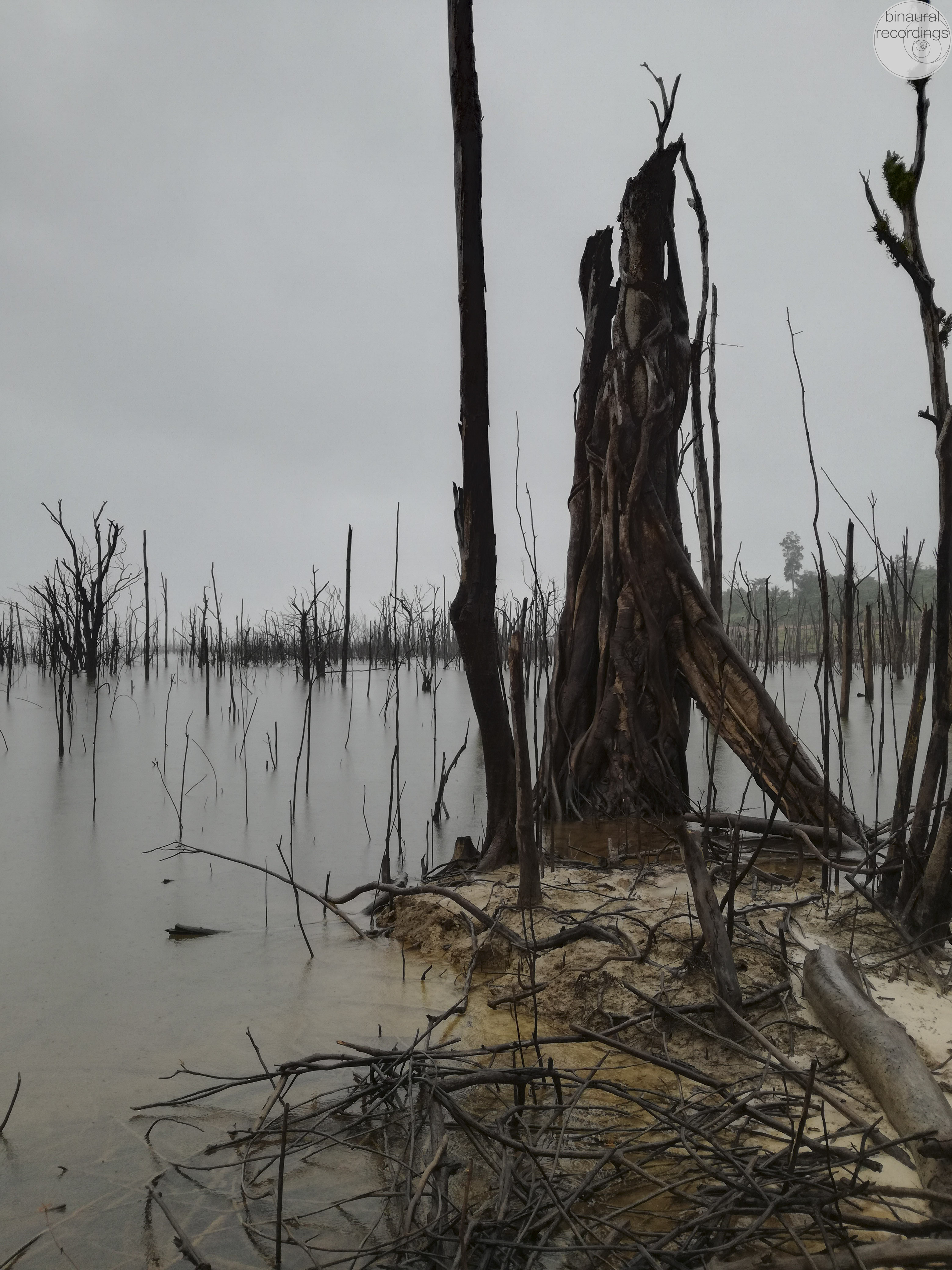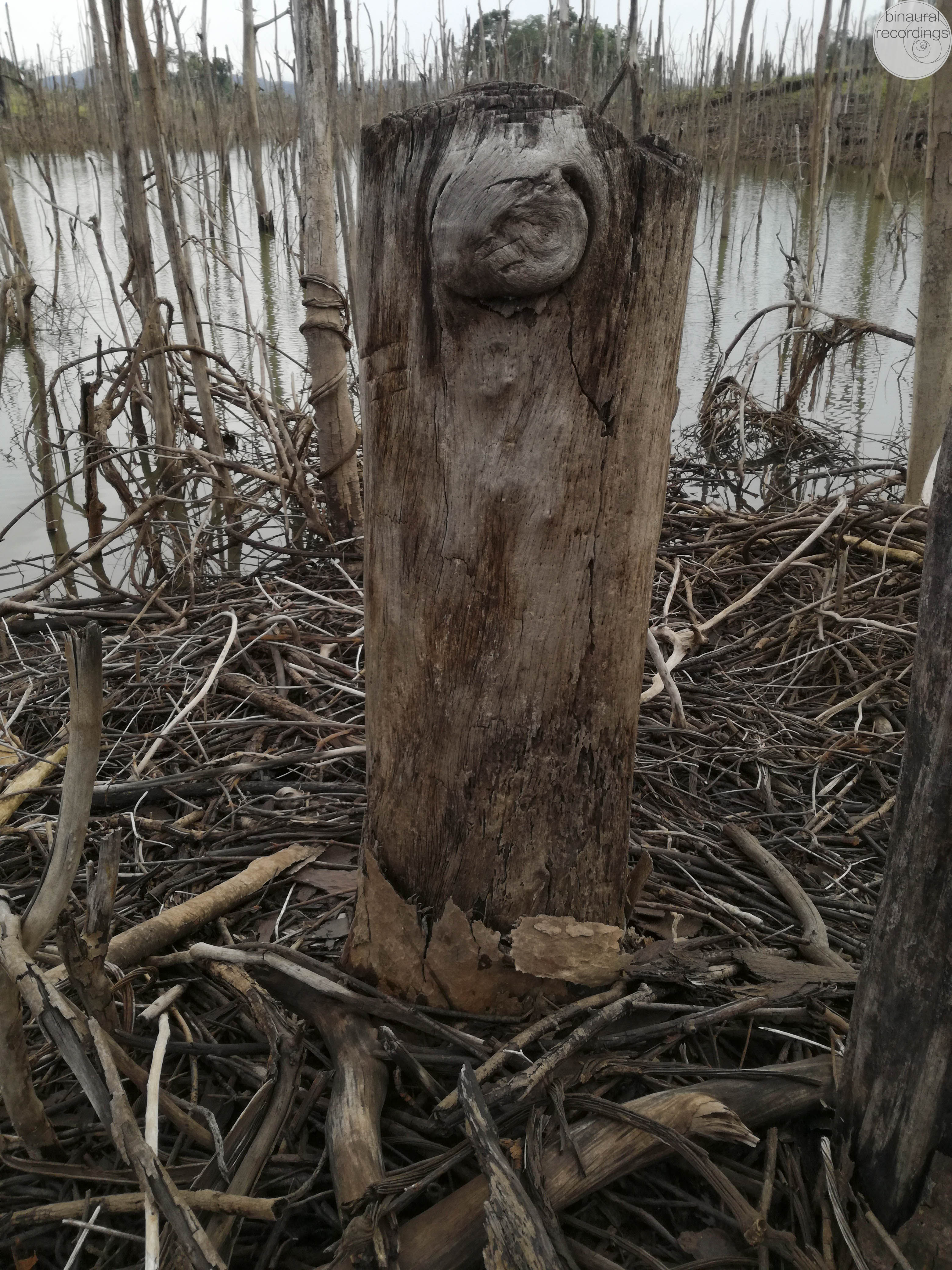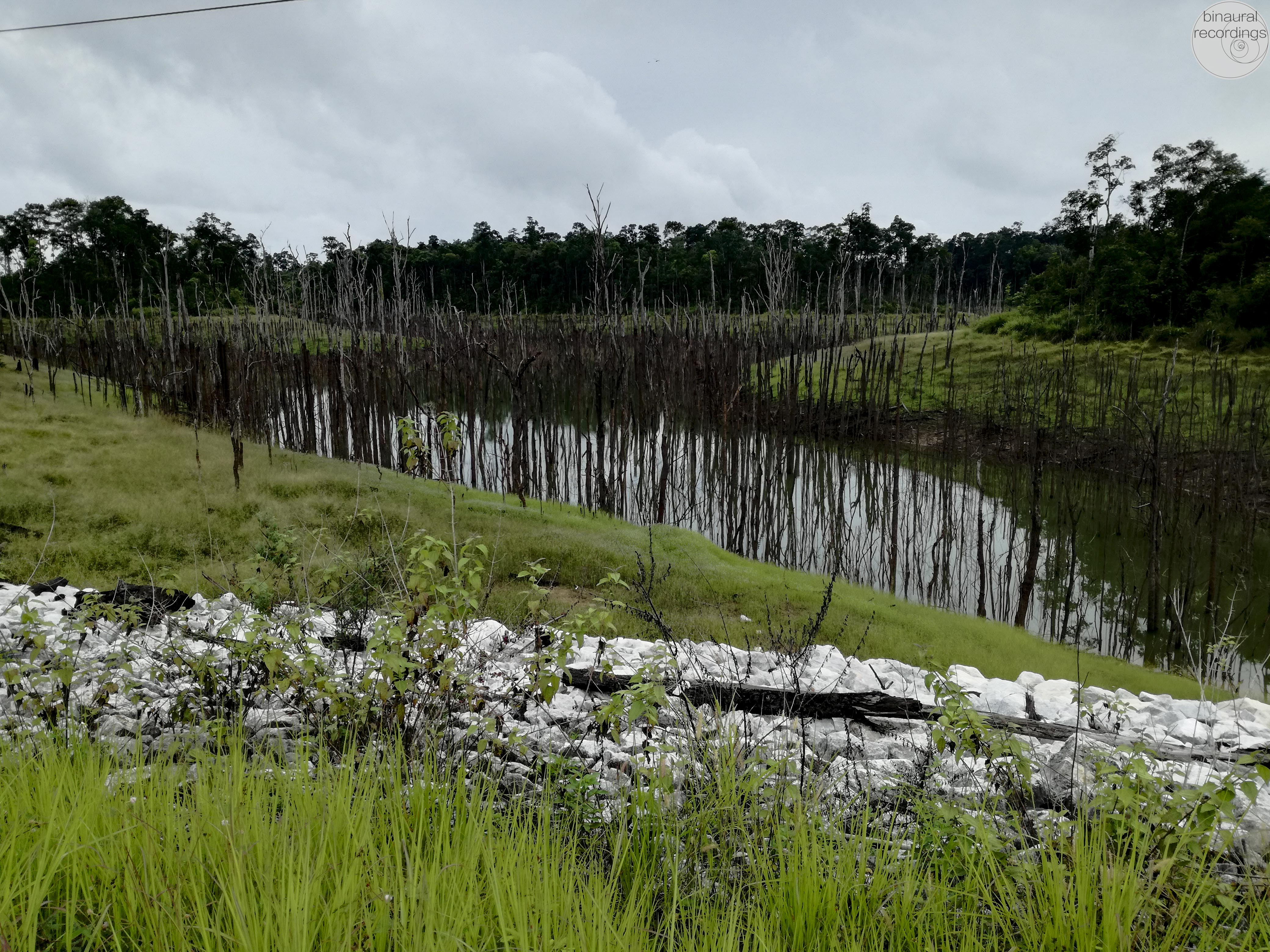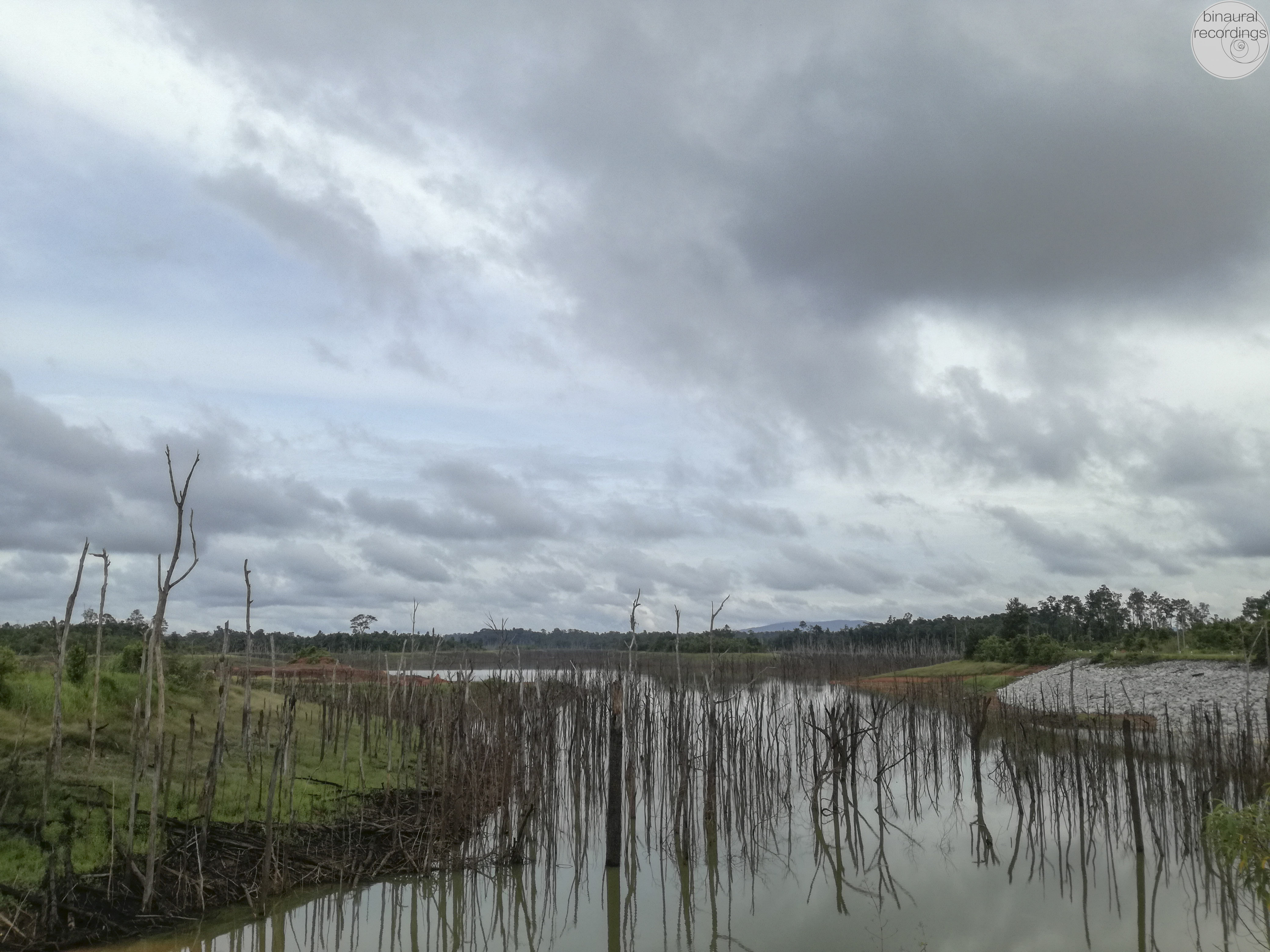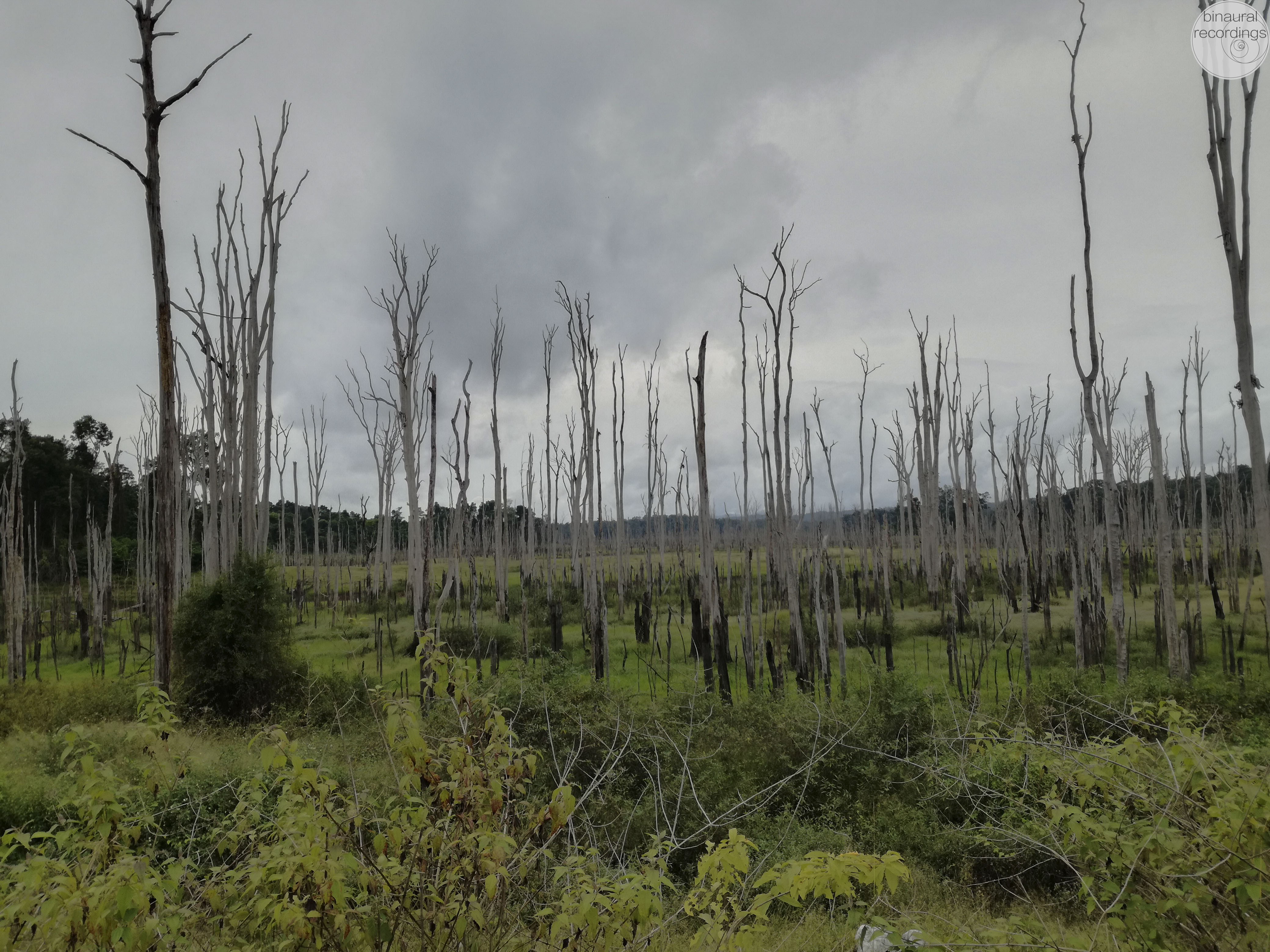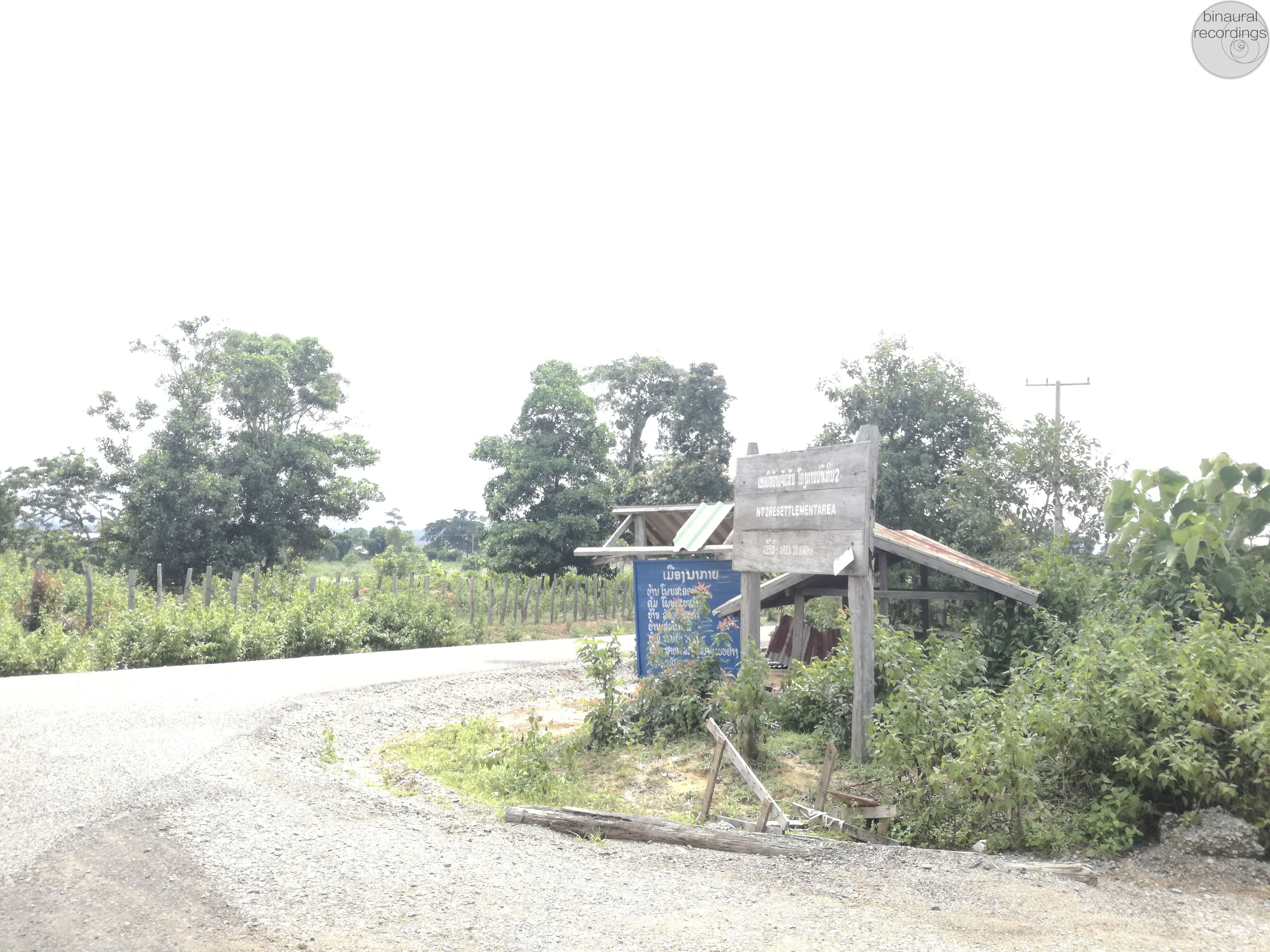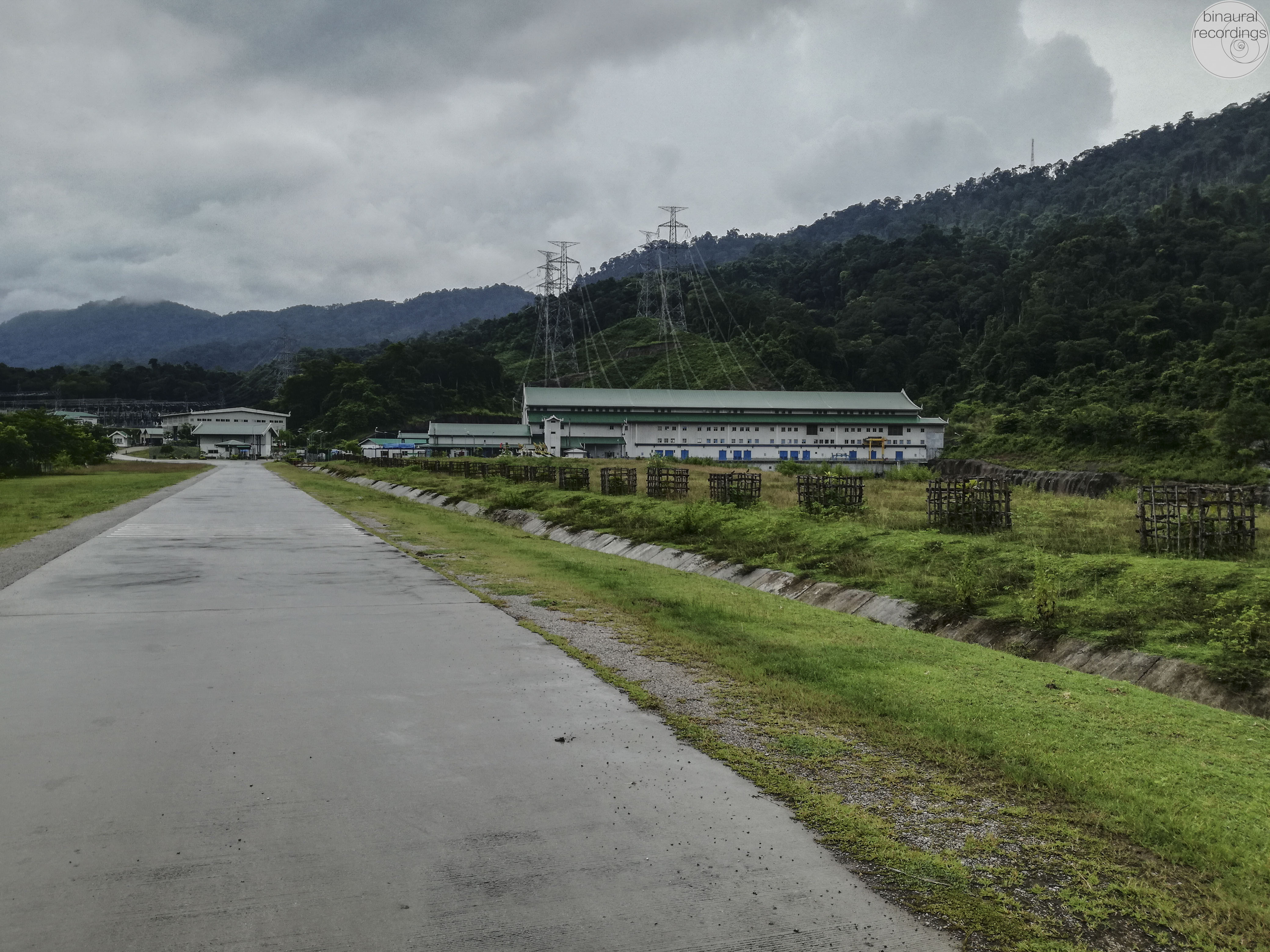“The Nakai Plateau, now submerged beneath our boat, was once legendary for its beauty and wildlife. Lao princes and the French colonialists who succeeded them hunted its tigers from the backs of elephants. Unspoiled forests of dipterocarps and stately pines resounded with the gabble of monkeys, the ethereal hoots of gibbons, and the chatter of birds of every hue. Rhinos snorted in the wetlands. Herds of elephants and wild cattle—banteng and gaur (which would dwarf an American bison)—and the rare and regal Eld’s deer grew fat in the savannas.
Years before the dam was conceived, but still in living memory, the tigers and rhinos were largely hunted out, and the herds of wild cattle had dwindled. Even so, the grand forests and nearly all their lesser denizens remained.
That such a land should be drowned for a tepid reservoir is a function of three things: the thirst of the world (in this case, Thailand) for electricity, the hunger of Laos for foreign currency, and the confidence, questionable though it may be, of the highest echelon of the globe’s economic and financial mavens that a defensible balance of loss and gain might be devised. (Flood control, a common rationale for the building of dams, did not apply.) The masters of the global economy determined to trade the wonders of the Nakai Plateau for the commensurate glories of the sprawling mountain slopes that drain into it, sacrificing the former for the assured protection of the latter.”
Excerpt From: William deBuys. “The Last Unicorn.”
The Nam Theun 2 Hydropower Project (NT2) is a dam constructed in central Laos’ Khammouane Province. The World Bank and Asian Development Bank (ADB) decided to support the NT2 project in 2005, and operations began in 2010. Approximately 6,200 people, most of them ethnic minorities and indigenous people, were forced to relocate to make way for the project reservoir. Many other environmental and social impacts have occurred as a result of the project, including negative impacts on livelihoods due to increasing floods and unnatural changes in water levels downstream of the dam that affect riverbank farming and fishing, and destruction of habitats that support rare and endangered species.
I was there on 2017, this is a photo report.
[responsivevoice_button voice=”UK English Female” buttontext=”Listen to Post”]

